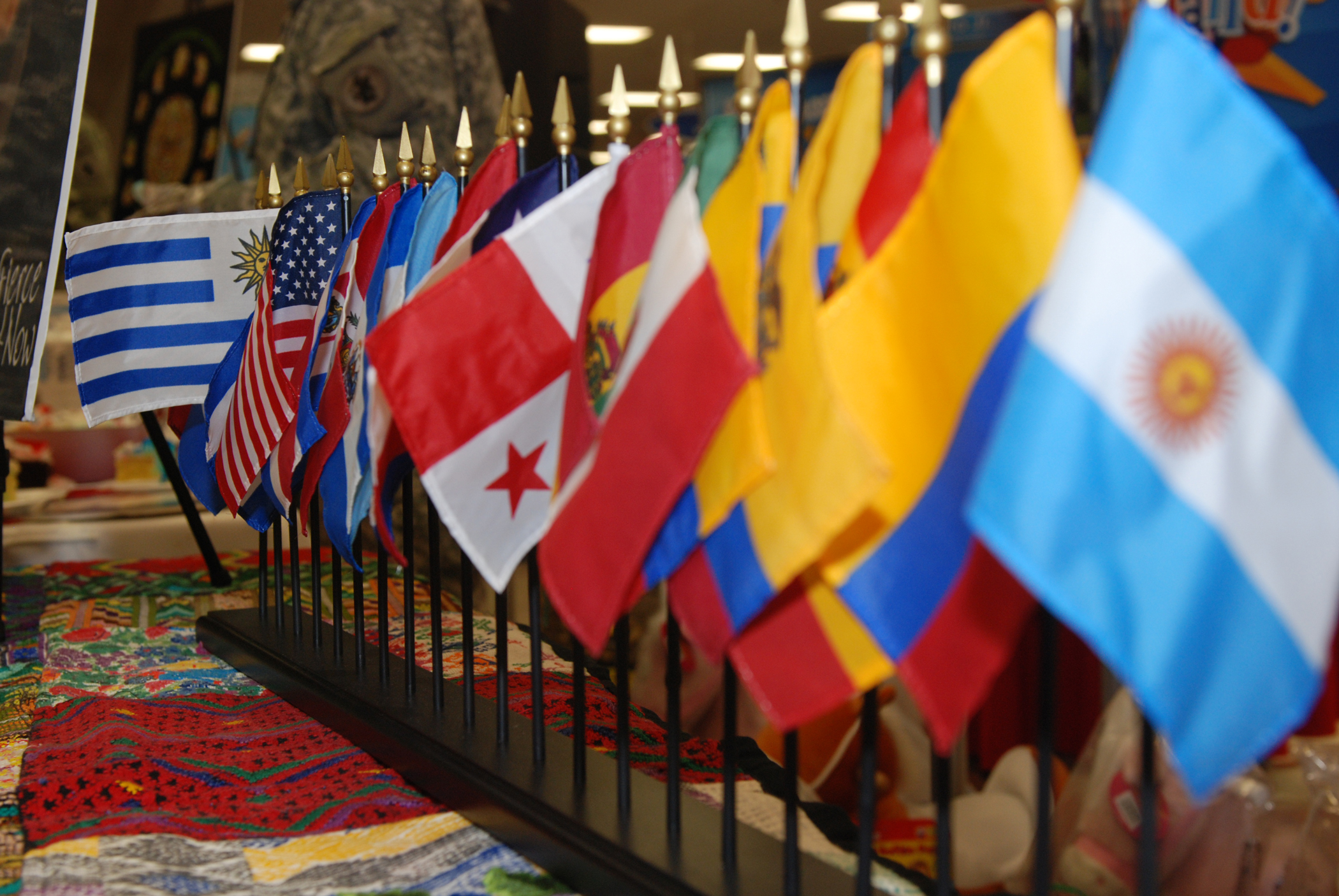
Related Content

National Hispanic Heritage Month honors the achievements, contributions, culture, and history of Hispanic and Latin American people. The month-long celebration begins on September 15 commemorating the anniversary of independence for five Latin American countries: Costa Rica, El Salvador, Guatemala, Honduras, and Nicaragua. In addition, Mexico and Chile celebrate their independence days on September 16 and September 18, respectively.
The 2024 theme for National Hispanic Heritage Month was "Pioneers of Change: Shaping the Future Together."
Origins of National Hispanic Heritage Month
The commemoration kicked off in 1968 as a week-long event. It expanded to four weeks and was enacted into law in 1988 to reflect Mexico's, Chile's and Belize's Independence days and now ends October 15.
Latin American Population Facts
The Latin American population reached a record 63.7 million people (or 19% of the total population) in the U.S. in 2022. People from Venezuela, the Dominican Republic and Guatemala are the fastest-growing Hispanic origin groups. About 81% of Latin American people living in the country in 2021 were U.S. citizens, up from 74% in 2010.
Commemorate Latin American History Year-Round
National Hispanic Heritage Month is an excellent time to explore the rich history and culture of Latin American people as well as the societal bias the community faces. As with other similarly themed months, it is wise not to isolate the exploration of Latin American history and culture into one month during the year. Remember, Latino history is American history. Integrating it into the curriculum throughout the school year makes good sense.
Resources
Below are PreK-12 curriculum and other resources you can use to bring the themes of Hispanic Heritage Month to your schools and classrooms.
Classroom Resources


Education Tools, Strategies and Resources



Race Talk: Engaging Young People in Conversations about Race and Racism
Children's & Young Adult Literature























